Nationality Italian Criminal status deceased | Occupation weaver Name Gaetano Bresci | |
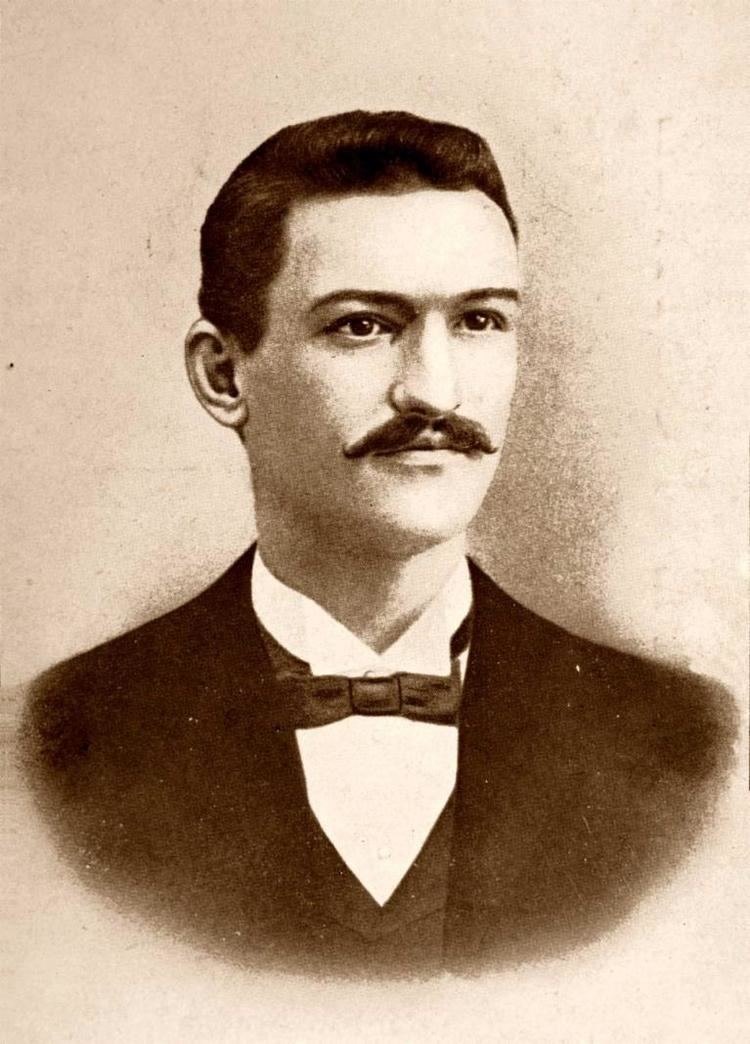 | ||
Similar People Umberto I of Italy, Victor Emmanuel III of Italy, Margherita of Savoy, Victor Emmanuel II of Italy, Adelaide of Austria | ||
Futta gaetano bresci
Gaetano Bresci ([ɡaeˈtano ˈbreʃʃi]; November 10, 1869 – May 22, 1901) was an Italian anarchist who assassinated King Umberto I of Italy on 29 July 1900. Bresci was the first European regicide offender not to be executed, as capital punishment in Italy had been abolished since 1889.
Contents
- Futta gaetano bresci
- Paterson Movie Gaetano Bresci
- Militancy
- Assassination
- Trial and death
- In popular culture
- Legacy
- References
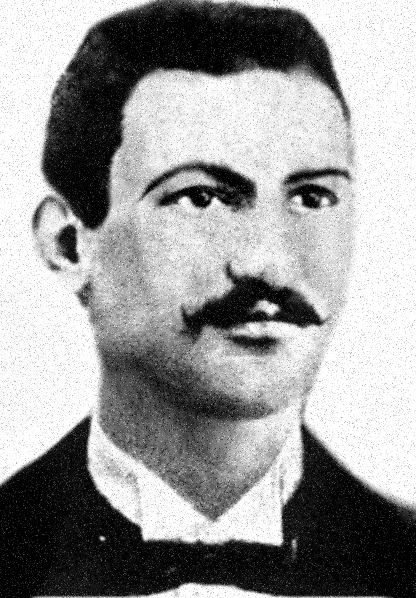
Paterson Movie " Gaetano Bresci ... "
Militancy
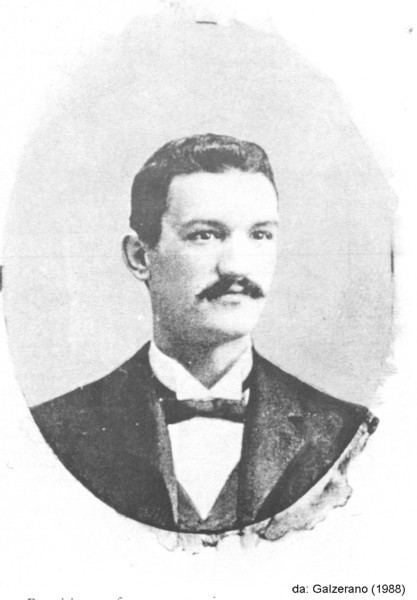
Bresci was born at Coiano, near Prato, Tuscany, and emigrated from Italy to the United States, making his living as a weaver in Paterson, New Jersey, which had a large Italian-American community. He became involved with and later a leading member of an Italian political group called "Gruppo diritti all' esistenza". He was one of the founders of La Questione Sociale, the Italian language anarchist paper published in Paterson. According to Emma Goldman:
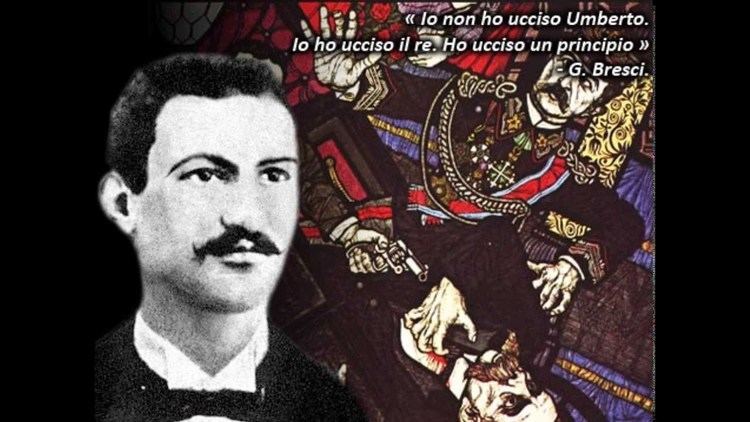
He was a skillful weaver, considered by his employers as a sober, hard-working man, but his pay averaged only fifteen dollars a week. He had a wife and child to support; yet he managed to donate weekly contributions to the paper. He had even saved a hundred and fifty dollars, which he lent to the group at a critical period of La Questione Sociale. His free evenings and Sundays he used to spend in helping with the office work and in propaganda. He was beloved and respected for his devotion by all the members of his group.
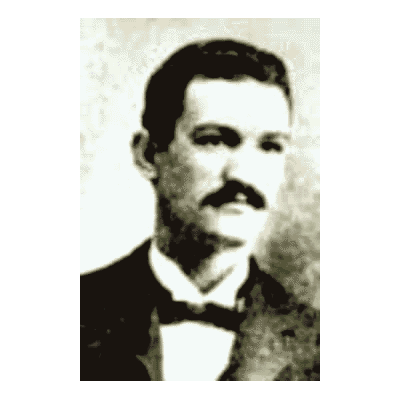
In 1898, high bread prices led to demonstrations all over Italy. In Milan, an unarmed crowd of protesters marched toward the palace, which was surrounded by a strong military force under the command of General Fiorenzo Bava-Beccaris. The crowd ignored the order to disperse, whereupon Bava-Beccaris gave the signal to fire with muskets and cannons, resulting in a massacre of the demonstrators, in which more than ninety people died.
Assassination
King Umberto later decorated Bava-Beccaris, complimenting him upon his "brave defence of the royal house", as a result of which Bresci became determined to kill the king. Bresci had his loan to the paper returned (without telling his comrades why) and with the money he went to Italy. In Monza, where the king was visiting on July 29, 1900, he shot him four times with a five-shot .32 revolver. A monument, the Cappella Espiatoria, has been erected on the spot the king was murdered.
Trial and death
Bresci was captured and put on trial, where he was defended by the anarchist lawyer Francesco Saverio Merlino. There being no capital punishment in Italy at the time, he was sentenced in Milan on August 29, 1900, to penal servitude for life on Santo Stefano Island near Ventotene, where numerous other anarchists had also been sent over the years. Less than a year later, on May 22, 1901, he was found dead in prison at the age of 31. It is not clear whether he committed suicide, as officially announced, or was murdered by his guards.
In popular culture
An account of Bresci's life and death was related from one bus passenger to another in the 2016 drama film Paterson.
